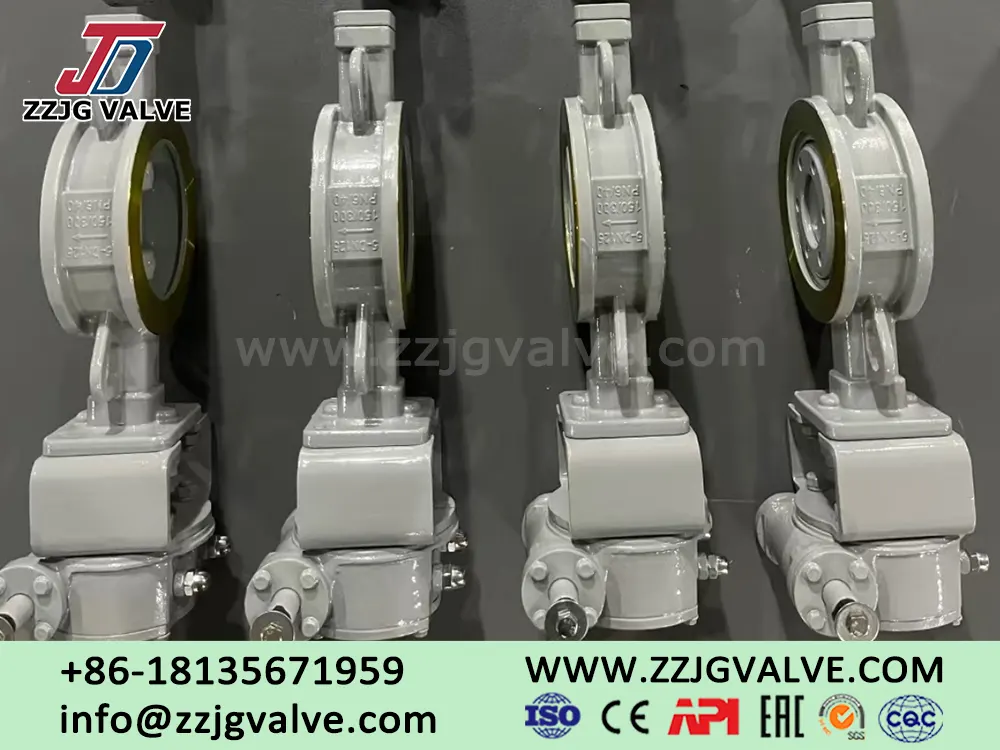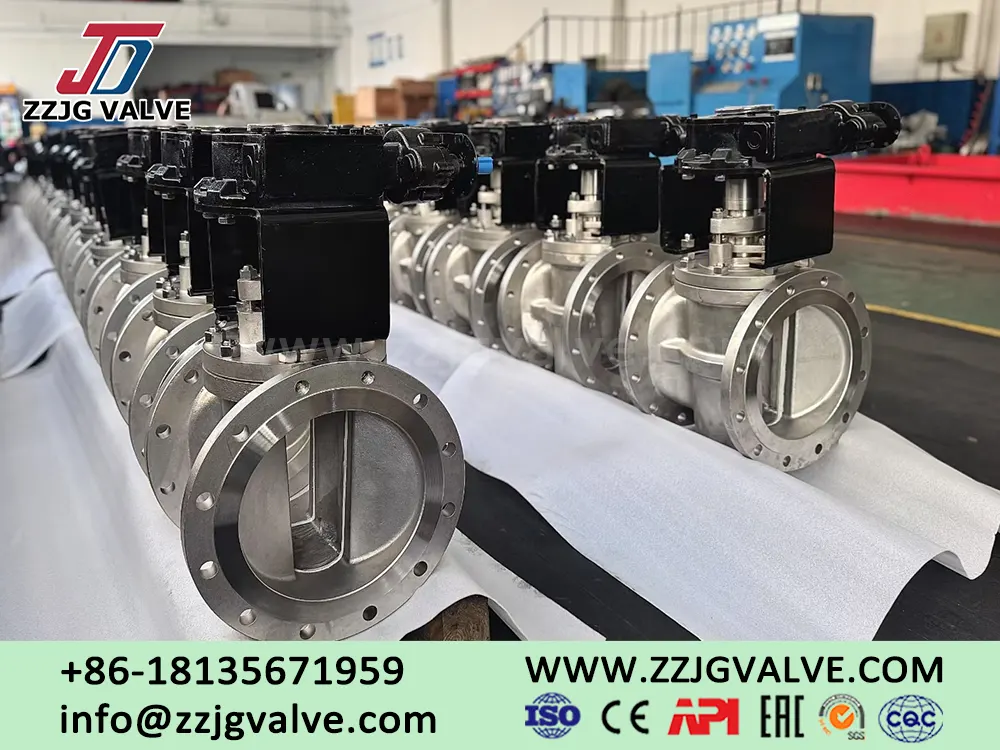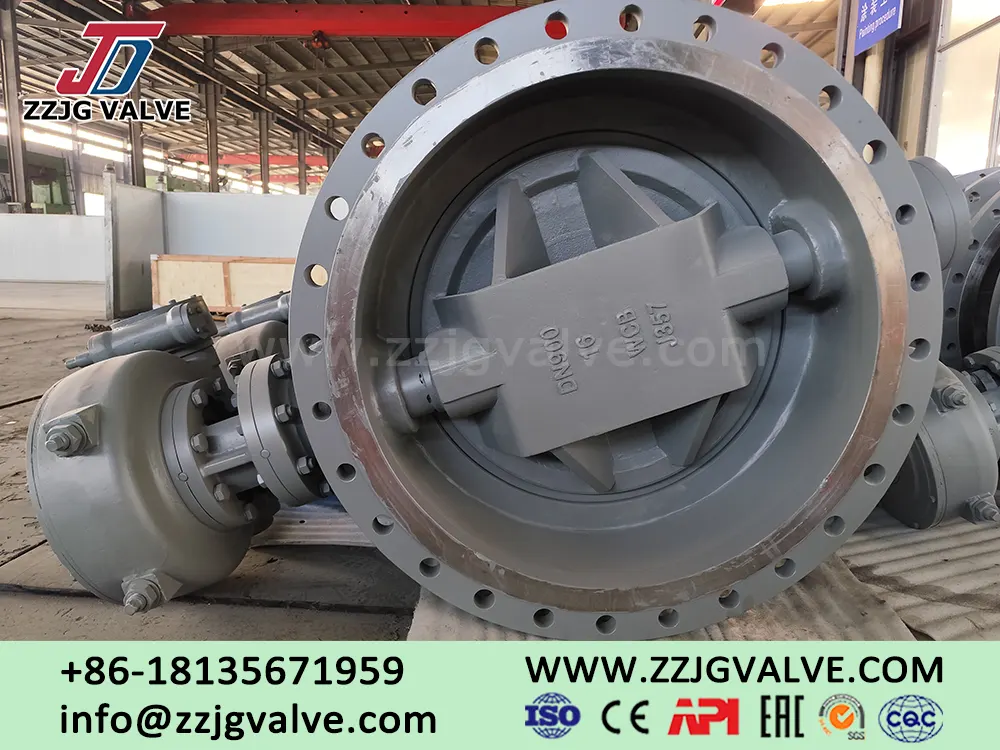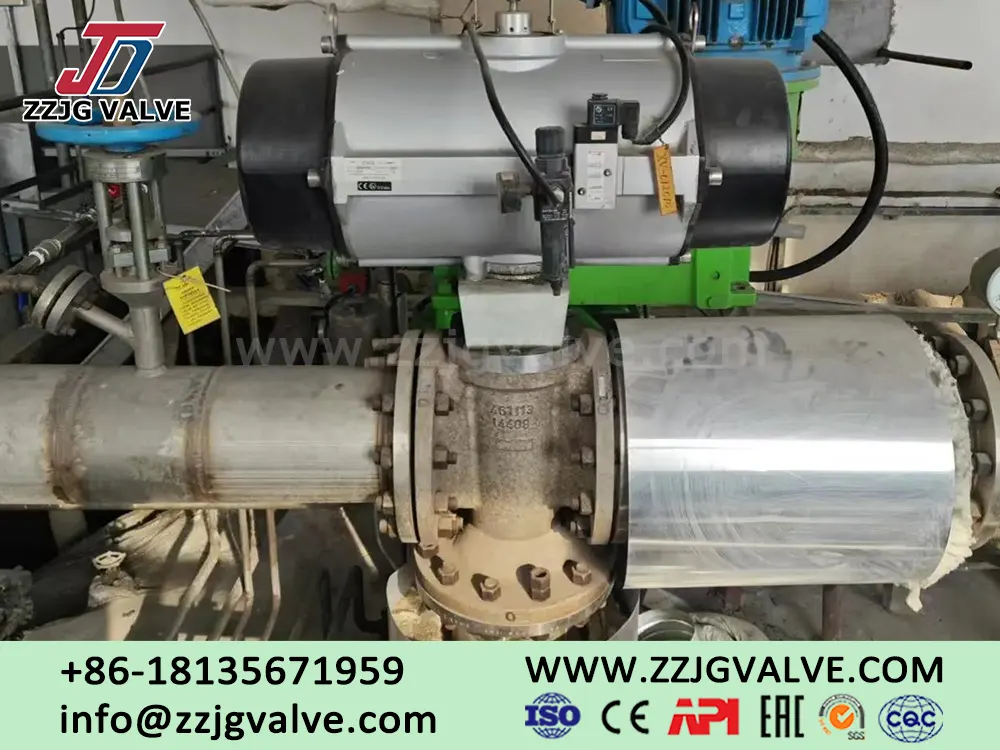Wafer-type Electric Butterfly Valves Installing
If you do not carefully check the valve usage and performance specifications before installing the wafer-type electric butterfly valve, the wafer-type electric butterfly valve may have the following common faults: the valve cannot be reversed or the reversing action is slow, gas leakage, electromagnetic pilot valve failure, etc.

Ⅰ. The wafer-type electric butterfly valve cannot be reversed or the reversing action is slow, which is generally caused by poor lubrication, spring jamming or damage, oil or impurities stuck in the sliding part, etc. In this case, you should first check whether the oil mist is working properly and whether the viscosity of the lubricating oil is appropriate. If necessary, replace the lubricating oil, clean the sliding part of the wafer-type electric butterfly valve, or replace the spring and the wafer-type electric butterfly valve.
Ⅱ. After long-term use, the wafer-type electric butterfly valve is prone to wear of the valve core seal ring, damage to the valve stem and valve seat, resulting in gas leakage in the valve, slow valve action or failure to reverse normally. At this time, the seal ring, valve stem and valve seat should be replaced, or the wafer-type electric butterfly valve should be replaced with a new one.
Ⅲ. If the inlet and outlet holes of the electromagnetic pilot valve are clogged with debris such as sludge, the valve is not tightly closed, the movable iron core is stuck, or there is a circuit fault, the wafer-type electric butterfly valve may not be able to reverse normally.

For the first three cases, the sludge and impurities on the pilot valve and the movable iron core should be cleaned. Circuit faults are generally divided into two categories: control circuit faults and electromagnetic coil faults. Before checking the circuit fault, the manual knob of the wafer-type electric butterfly valve should be turned a few times to see if the wafer-type electric butterfly valve can reverse normally under the rated air pressure. If it can reverse normally, the circuit is faulty. During the inspection, the voltage of the electromagnetic coil can be measured with an instrument to see if it has reached the rated voltage. If the voltage is too low, the power supply in the control circuit and the associated travel switch circuit should be further checked. If the wafer-type electric butterfly valve cannot reverse normally under the rated voltage, the connector (plug) of the electromagnetic coil should be checked to see if it is loose or not in good contact. The method is to unplug the plug and measure the resistance of the coil. If the resistance is too large or too small, it means that the electromagnetic coil is damaged and should be replaced.
Newly purchased wafer-type electric butterfly valves should be installed promptly after unpacking. Generally, valve manufacturers will debug the valves before leaving the factory. Do not loosen the fittings on the valve at will. If you must check, you need to contact the manufacturer first.
ZZJG Valve provides the above information on wafer-type electric butterfly valves installing. If you want to know more about wafer-type electric butterfly valves installing, please contact us via WhatsApp or email.
Next: ZZIG VALVE and Russian Customer reached a long-term cooperation












